Years active 1954-2012 Role Singer | Name Neset Ertas Nationality Turkish | |
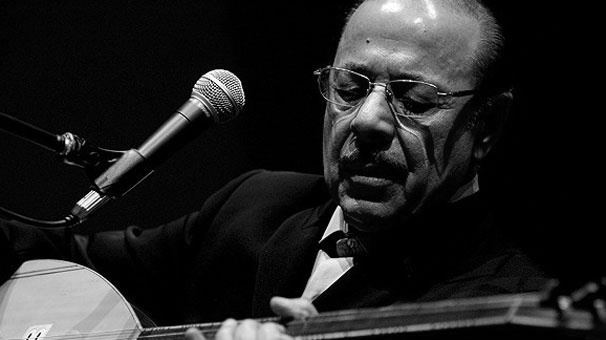 | ||
Also known as Bozkirin Tezenesi(Plectrum of the Steppe) Occupation(s) Songwriter, singer, player Labels Bayar Muzik (2005-Present)Kalan Muzik (1999-2005) Spouse Leyla Ertas (m. 1960–1970) Albums Zahidem, Hata Benim, Acem Kizi, Sevsem Oldururler Similar People Muharrem Ertas, Asik Veysel Satiroglu, Volkan Konak, Asik Mahzuni Serif, Musa Eroglu | ||
Suda Balik Oynuyor - Neset Ertas
Neşet Ertaş (1938 – 25 September 2012) was a Turkish folk music singer, lyricist, modern ashik and virtuoso of the traditional Turkish instrument the bağlama. His profession in Turkish is known as halk ozanı, which literally means "folk bard". Yaşar Kemal gave Ertaş his nickname, "Bozkırın Tezenesi" (literally: "Plectrum of the Steppe"), writing it in a book he gave him as a gift.
Contents
- Suda Balik Oynuyor Neset Ertas
- Ne et erta in karlsruhe 2005
- Early years and family life
- Music career
- Awards
- Death and burial
- Songs
- References

Ne et erta in karlsruhe 2005
Early years and family life
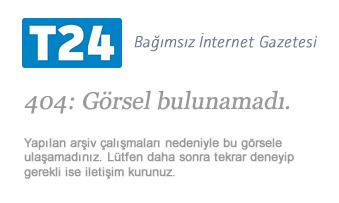
Neşet Ertaş was born in 1938, in Kırtıllar, a village in Kırşehir. His father, Muharrem Ertaş, was also a folk poet his mother, Döne Koç, was Muharrem's second wife, his first wife, Hatice, having died early. Neşet was the second eldest of four children; he had an older half-brother, Necati, from his father's first marriage and two younger sisters, Ayşe and Nadiye.
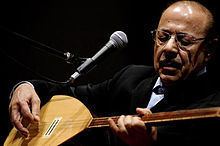
His mother Döne also died early, and his father married again, to Arzu. From this third marriage four sons, Ekrem, Ali, Muharrem and Cemal, were born.
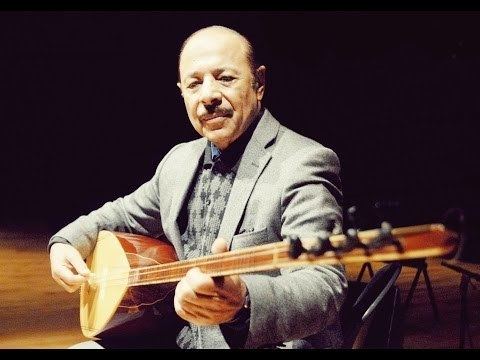
Neşet married Leyla, a singer from Bolu, in 1960 in Ankara, where the two had met while performing at a night club. She bore him two daughters and a son. The couple divorced after ten years of marriage.
Music career
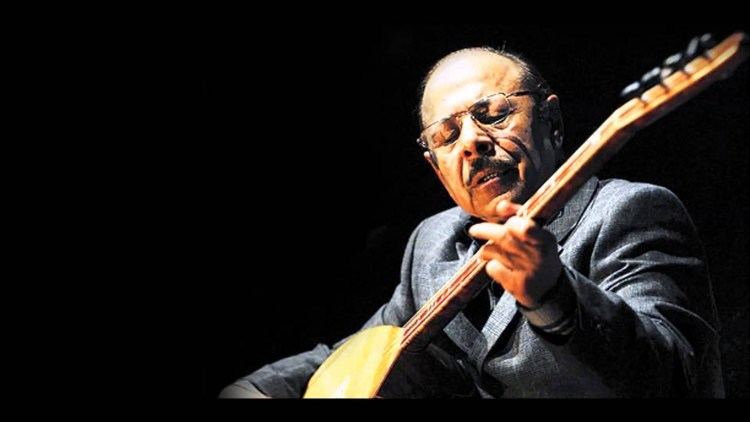
At the age of five and six, Neşet Ertaş started to play first the violin and then the bağlama, the Turkish national instrument. His father earned his living by playing at wedding ceremonies in Central Anatolian villages, and for eight years Neşet accompanied him. As a result, he was not able to finish primary school.
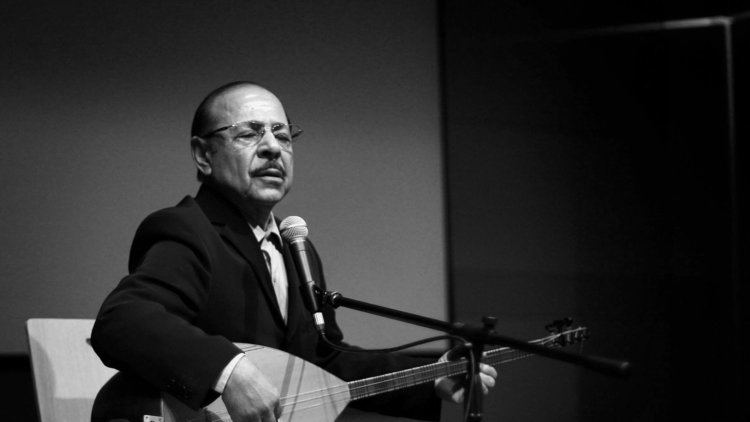
At the age of fourteen, Neşet Ertaş went to Istanbul, where he played at a night club in Beyoğlu. After two years, he moved to Ankara to continue his stage career there. He applied to the state-owned Turkish Radio (TRT) station in Ankara and began performing türkü, Turkish folk songs, on a daytime programme called Yurttan Sesler (literally: "Sounds of Hometown") under the name "Neşet Ertaş of Kırşehir". At the same time, he played in night clubs at night.

He became very popular and gave concerts in many cities, in some cases six or seven times. His compositions and recordings made him renowned. But then in 1978, his fingers became paralysed. He soon became penniless and had no means of paying for treatment, since he had no other marketable skills. So in 1979 he went to Germany, where his brother was living. There, he recovered from his paralysis, and started again to perform music at wedding ceremonies and local events attended by members of the Turkish community in Germany. He also took his three children there. A German school of arts offered him a teaching post for saz playing. He accepted and served for two years in this position.
During his time in Germany, Ertaş dedicated himself to his children's education, and he was almost forgotten in his country. However, pirates continued to profit from playing his music and lyrics in Turkey. In the beginning of 2000, he protested openly against the TRT, which had stated that he was dead.
After 23 years, he returned home and was welcomed by crowds. The audience at his first concert, which took place at the Harbiye Open-Air Theatre in Istanbul, gave him a standing ovation to his great surprise, a great success after 30 years of absence. This was followed by tours around the country and free concerts. He experienced again the pleasure of meeting the people of his homeland. However, he rejected the title of "State Artist" which the Turkish state wanted to award him, saying, "I am already an artist of this state."
Ertaş's first record was released in 1957. During his career, he recorded more than 30 albums. It is claimed that due to flawed copyright laws in Turkey, he did not fully benefit from his poems, music and audio recordings.
He interpreted musical pieces of the Abdal-Turkoman tradition, following his father. With his forceful baglama, his warm voice and his pure and simple language, Neşet Ertaş gathered the people of Central Anatolia first, and then the entire country.
Awards
In 2006, the Turkish Grand National Assembly rewarded him the State Medal of Distinguished Service, which he accepted, in his words, "on behalf of [his] ancestry".
In 2010, Neşet Ertaş was honoured with the UNESCO "National Living Human Treasure" award.
On April 25, 2011, he was awarded an honorary doctorate by Istanbul Technical University.
Death and burial
Ertaş died on 25 September 2012 at the age of 74 in a hospital in Izmir after being taken in two weeks previously for cancer treatment. His body was flown to Ankara, from where it was transported to Çiçekdağı in Kırşehir Province. After the religious funeral held in Ahi Evran Mosque, which was attended by high-ranked politicians such as Prime Minister Recep Tayyip Erdoğan, Minister of Culture Ertuğrul Günay and opposition leader Kemal Kılıçdaroğlu and renowned people from the Turkish music scene such as Orhan Gencebay and Arif Sağ along with ten thousand others, he was buried at the foot of his father's grave as he had requested in his will.
Songs
Gönül dagiZahidem · 1990
Neredesin SenÖlmeyen Türküler 2 · 1998
Zülüf Dökülmüs YüzeOlmeyen Türküler 3 · 1999
